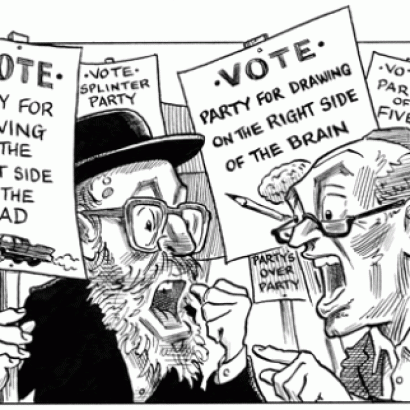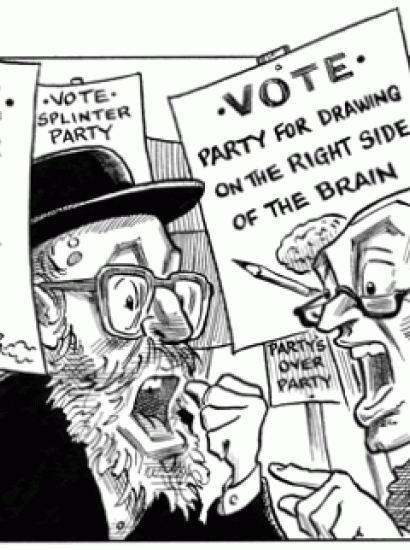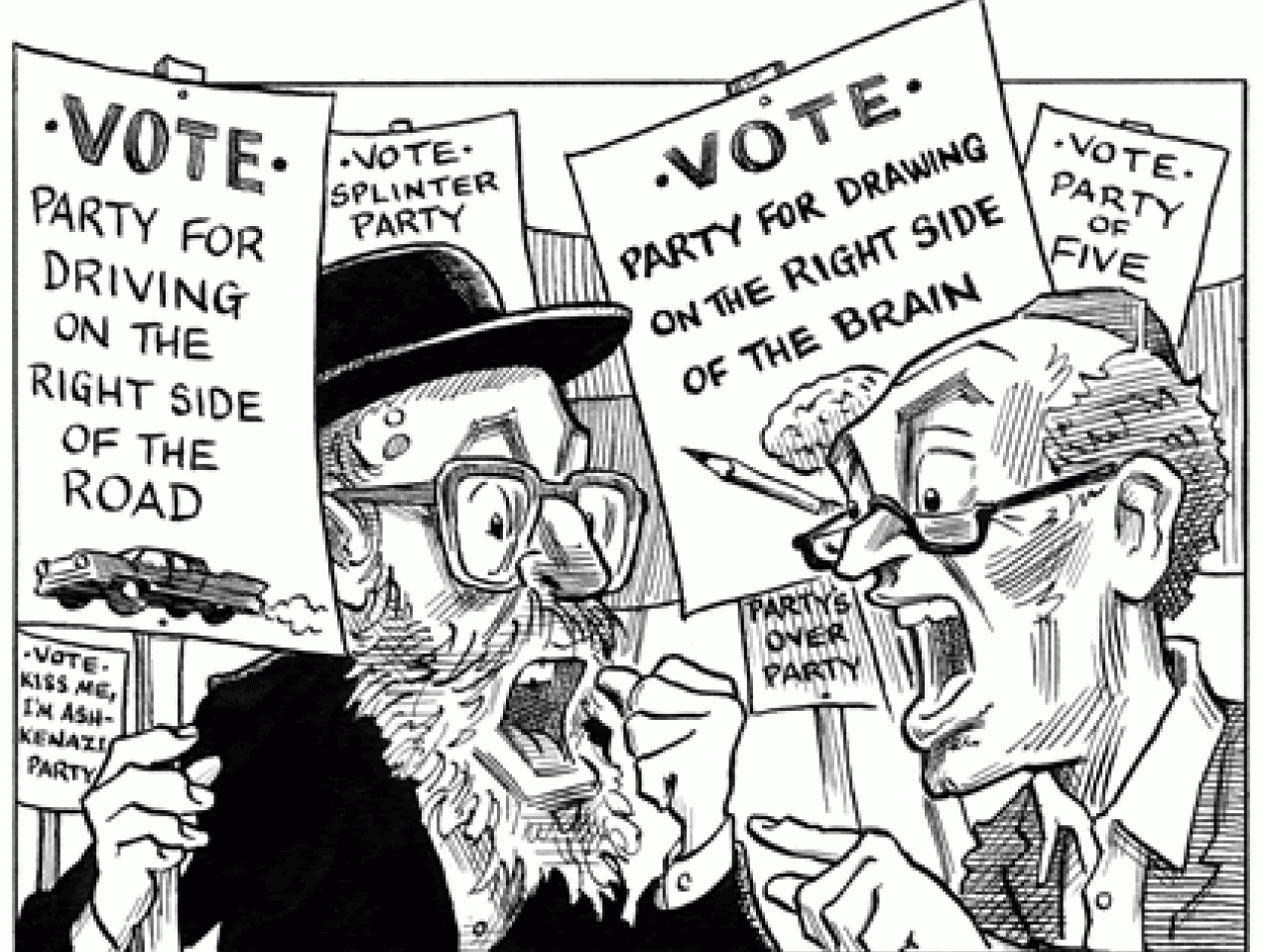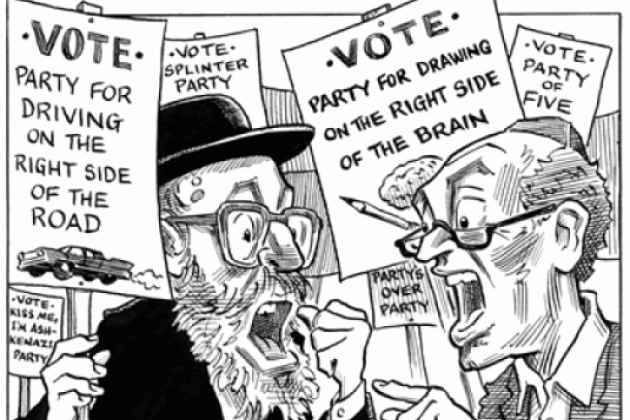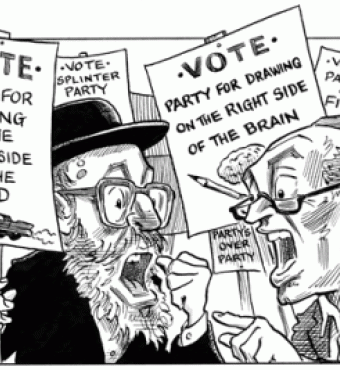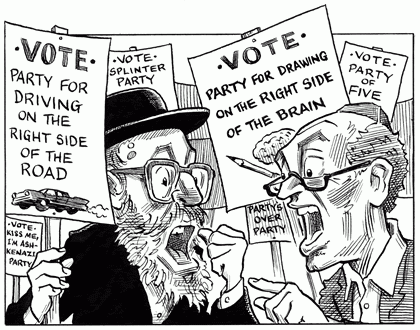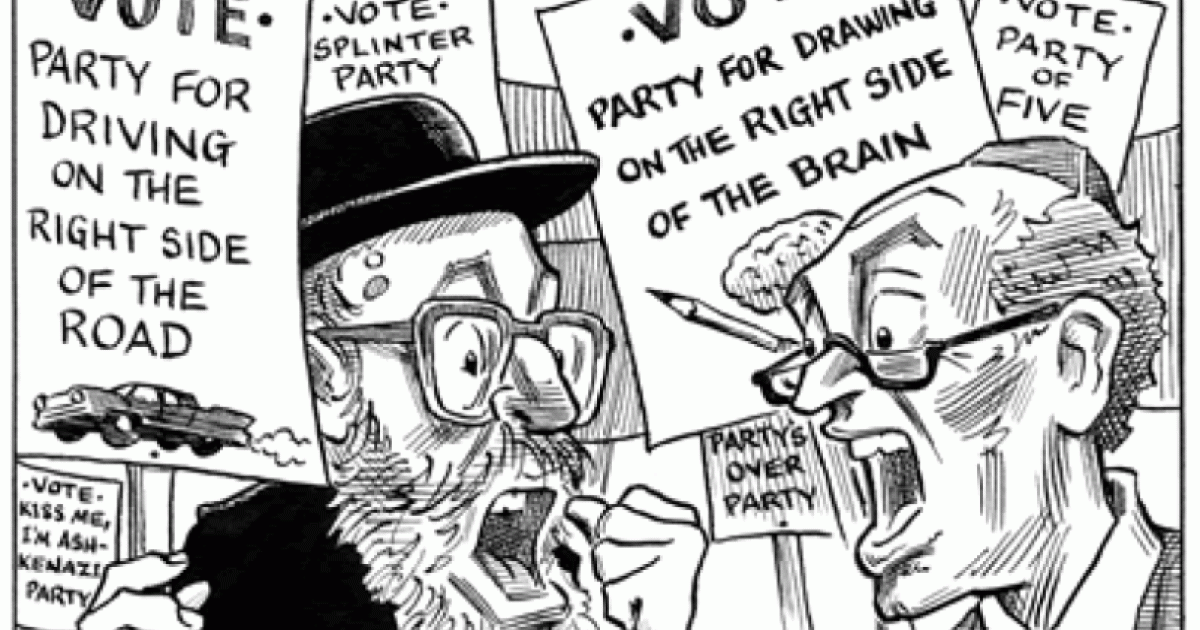- Contemporary
- International Affairs
- History
During the second half of the 1990s, many observers and
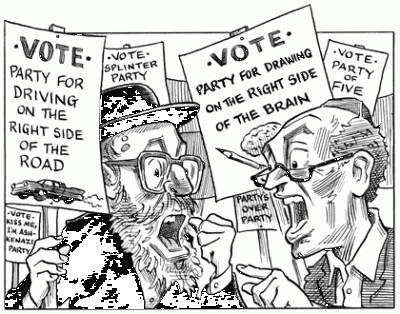
scholars of the Israeli polity became worried about its functioning and even about its survival. These worries did not stem from prominent security threats; in those days it seemed that the Israeli-Arab conflict and especially the Israeli-Palestinian conflict were on their way to being settled. Rather, it seemed that the polity was being torn from the inside. The intensity of societal conflicts seemed to be increasing to the point of exploding: The relationship between Jewish and Arab citizens was deteriorating; the conflict between religious and secular Jews seemed more intense than ever; and the relatively calm cleavage between Sephardi Jews (of North African or Middle Eastern origin) and Ashkenazi Jews (of European or North American origin) resurfaced, exacerbated by cleavages between new immigrants from the former Soviet Union (largely Ashkenazi) and veteran immigrants and native-born Israelis (many of Sephardi origin).
This dramatic picture resulted from an institutional reform (direct election of the prime minister), not from sudden social developments. Although Israeli society is complex and conflict-ridden, and although internal conflicts might be intensifying, the very nature of societal developments is gradual, meaning that it takes time for them to be expressed in the polity. An institutional reform, however, is a sudden development that can create immediate and obvious consequences. In other words, although all the societal cleavages in the polity have a basis in society, the institutional reform not only opened the door for further politicization but also rewarded political actors who attempted to intensify those cleavages.
Well-Intentioned Reform
The 12th Israeli Knesset (1988–92) enacted a new basic law stating that (from the general elections for the 14th Knesset onward) the Israeli parliamentary system would be replaced by a mixed system of governance. The new system combined a presidential element (direct election of the head of the executive branch) and a parliamentary element (a new government must survive a vote of confidence in the Knesset). The Knesset could, in a no-confidence vote by an absolute majority of its members, oust the prime minister and her or his government. The prime minister could also oust the Knesset. In either case new elections for both were to be held. This created a mutual dependence between the two branches, in that the political survival of each depended on the other. This reform also affected the voting system. In the elections between 1949 and 1992, voters cast votes only for parties competing for seats in the Knesset. In 1996 and 1999, after the direct-election law took effect, citizens had two separate votes: one for the Knesset party candidate list and one for the prime minister.
To assess the impact of electoral systems on the behaviors of both voters and politicians, consider the distinction between the political consequences of majoritarian versus proportional representation systems. In majoritarian systems, such as the system used in the United States to elect legislators, the winner takes all. That is, the candidate with the most votes wins the contested seat and the rivals stay out of the legislature. Voters tend to vote for the candidates of the two large parties, even if the large parties’ candidates are not their preferred ones, for voters like their votes to have influence and therefore refrain from wasting them on smaller parties’ candidates. Politicians, for their part, tend to prefer to build careers inside the large parties rather than being outsiders (third—or smaller—parties usually fail to win seats). This tendency, in turn, leads politicians and parties to moderate their platforms and to exhibit more moderate behavior. In contrast, proportional representation systems do not impose such restrictions. In the highly proportional Israeli electoral system, every party that wins more than 1.5 percent of the national vote wins a seat in the Knesset (in the United States, a candidate usually needs more than 40 percent of the vote in his or her district to win a seat). This system allows citizens to vote for small parties without the fear of wasting their votes. It also enables politicians to build careers within the framework of smaller and less-moderate parties. It is not surprising, therefore, that Israel has a multiparty system and coalition governments composed of a few parties rather than a one-party majority.
What happened when the same polity, Israel, used both proportional representation (to elect the Knesset) and majoritarian representation (to elect the prime minister)? Some predicted that this would be an optimal solution for the Israeli polity, arguing that although it would enable representation of the various relevant societal groups in the Knesset to be maintained, it would also increase the ability of the directly elected prime minister to govern. Former coalition governments, they claimed, were subject to the pressures of small sectarian coalition partners. In contrast, a directly elected prime minister, although still dependent on the coalition, would have a popular basis of legitimacy that would increase his or her ability to govern. Some reformers claimed that the party of the prime minister would also enjoy increased support, as voters would want to enhance the powers of their preferred candidate for prime minister by casting votes for his or her party. Thus, they claimed, he or she would have a wider party base for a governing coalition.
The results of the 1996 and (especially) the 1999 elections, however, led to much different consequences. Separating the vote for prime minister from the vote for the legislature led to greater voting for small sectarian parties and decreased representation for the large aggregative parties: Labor and Likud.
How Much Representation Is Too Much?
Before 1996, social cleavages in Israel were represented through parties and by parties. The large aggregative parties successfully incorporated some sectarian voters, giving consideration to their demands and allocating seats for their representatives. For example, many Israeli Arabs voted for Labor and many religious Jews voted for Likud. Social cleavages were partly represented through the large parties, the way many American minority groups are represented through the Democratic Party or certain religious concerns via the Republican Party. Unlike the United States, however, some social cleavages in Israel were represented by parties—for example, by religious, Arab, or Sephardi parties. After 1996, Knesset representation of the small sectarian parties increased while that of the two large parties, which put forth candidates for the prime ministerial elections, decreased. Social cleavages became increasingly represented by parties rather than through them.
Some data will help explain the magnitude of this phenomenon. In 1999, Labor won only 22 percent of the Knesset seats, its lowest share since Israel’s independence (1948). Likud won just 16 percent, its lowest share since the establishment of the party in 1973. The two largest parties’ combined share (38 percent) was the lowest ever, even in comparison to data from the 1950s, when there was only one large party (Mapai). At the same time, the number of seats of the sectarian parties—religious, Arab, new immigrants, and so on—doubled. In 1999, for the first time, the sectarian parties’ combined share of Knesset seats was higher than that of the two large parties combined. While it has been common to find 10 or more parties represented in a given Knesset since Israeli independence, the relative power of the parties (weighed by an index known as "effective number of parties") was substantially different after reform. In 1999, Labor and Likud hardly deserved the label large party. Until 1996 Israel had a relatively high number of effective parties, but, on average, it was quite similar to other heterogeneous societies with multiparty systems, such as Switzerland, Italy, the Netherlands, and Belgium. After the reform was implemented in 1996, and especially in 1999, the effective number of parties skyrocketed, putting Israel’s number of effective parties at an abnormally high level.
The increase in representation of the small sectarian parties stemmed from changes in the behaviors of voters, politicians, and their parties. Voters preferred to split their vote. Rather than voting for the prime minister and her or his party, they cast their Knesset vote for another party. Many voters, upon casting their vote for a prime ministerial candidate who represented a moderate and blurred message, for their Knesset vote turned to the smaller parties, which not only supplied clear programs but gave many social groups the opportunity to express their identity and interests: as an Arab, a new immigrant (usually Ashkenazi), traditional Sephardi Jew, and so on. In previous elections one had to decide whether to cast a vote for the broad plan presented by one of the large aggregative parties or for a more narrowly based and politically focused sectarian party. Having two votes, a citizen could now split his vote and avoid this dilemma. A new immigrant from Russia, for example, after casting a vote for one of the two prime ministerial candidates, would almost inevitably prefer to vote for a new-immigrant party (two competed successfully in the 1999 elections), rather than a large party with a few token immigrant representatives in relatively low spots on the candidate list.
The large parties did nothing to block such tendencies, instead investing their efforts and resources in winning the grand prize, the prime ministerial position. At the same time, smaller parties that fielded no candidates for prime minister invested all their efforts in the Knesset elections. The large parties—fearing that competing against smaller parties on Knesset votes would mean that the smaller parties might not support their candidate for prime minister—often refrained from competing against them for Knesset votes.
The decreased Knesset representation of the large parties in 1996 and 1999, and the increased representation of the small sectarian ones, intensified pressures on the government to respond to the demands of the sectarian parties. Although in the past more than half of the seats in any coalition were held by a large party, in the current coalition Likud holds less than one-third of the seats.
The polity, described in the 1980s (before reform) as overburdened, became even more so. The ability to govern, and to establish a coherent policy package, decreased. The majoritarian system, which was supposed to deliver more governability, failed to do so. Instead there was an increase in the already hyper-representative system.
Representation, of course, is a positive value for a democratic polity and also an important element in the Israeli political tradition. Yet the intensification of representation in the 1996 and 1999 elections overburdened the polity, as too many pressures found their way directly to the Knesset and even the cabinet. Instead of being processed through moderating institutions—such as large aggregative parties, which could create a compromise plan by weighing the interests of different social groups—these sectarian interests have become more and more represented by parties. In a democratic polity, interests (especially sectarian ones) should be represented by and spread over many different arenas (such as parties), for when social demands are channeled toward one central government, without being processed by moderators, the polity becomes overburdened.
Turning Back the Reform Clock
In March 2001, immediately after Ariel Sharon’s election as prime minister, the Knesset abolished direct elections for prime minister. Future elections will use the pre-1996 parliamentary system of a single partisan ballot. Will this step cure the Israeli polity? Will the power of the large aggregative parties increase and that of the small sectarian parties decrease to a level that will enable improved governability? Although the system might remain overburdened, as it was before reform, one can expect some improvement because the institutional incentive for splitting the vote will no longer be present. Yet the expectation that seat shares in the Knesset will return to pre-1996 levels should be tempered. It is not clear that all of those voters who switched from the large parties to the small sectarian parties will decide once again to cast their single vote for the large parties. One may argue that this will take away from the citizens a democratic right given to them in 1996: the ability to express their complex policy preferences more definitively. Yet the counterargument—that citizens gained nothing from splitting their vote, as the outputs of the torn and overburdened polity did not better serve their interests, and that they are better off making the decision between large aggregative parties and small sectarian ones on their own—is strong.
At the time of this writing (February 2001), it seems likely that Likud may profit from the abolishment of direct elections for prime minister, whereas Labor is too torn from the inside to be able to exploit it. It might also be the case that new forces will arise that may limit some of the gains of the larger parties. There is already a bloc on the extreme right, between right-wing parties and a new-immigrant party, which could incorporate additional parties or factions. A bloc could also be formed to the left of Labor that would include Meretz (a Liberal Zionist dovish party) with some dovish defectors from Labor.
The most likely scenario, however, is that something unexpected will arise, which seems to happen often in the stormy Israeli polity. Yet we have at least an idea of what the future institutional incentives will be. Whether they will have a major impact, or whether other factors (external and internal events) will counterbalance them, is an open question.








